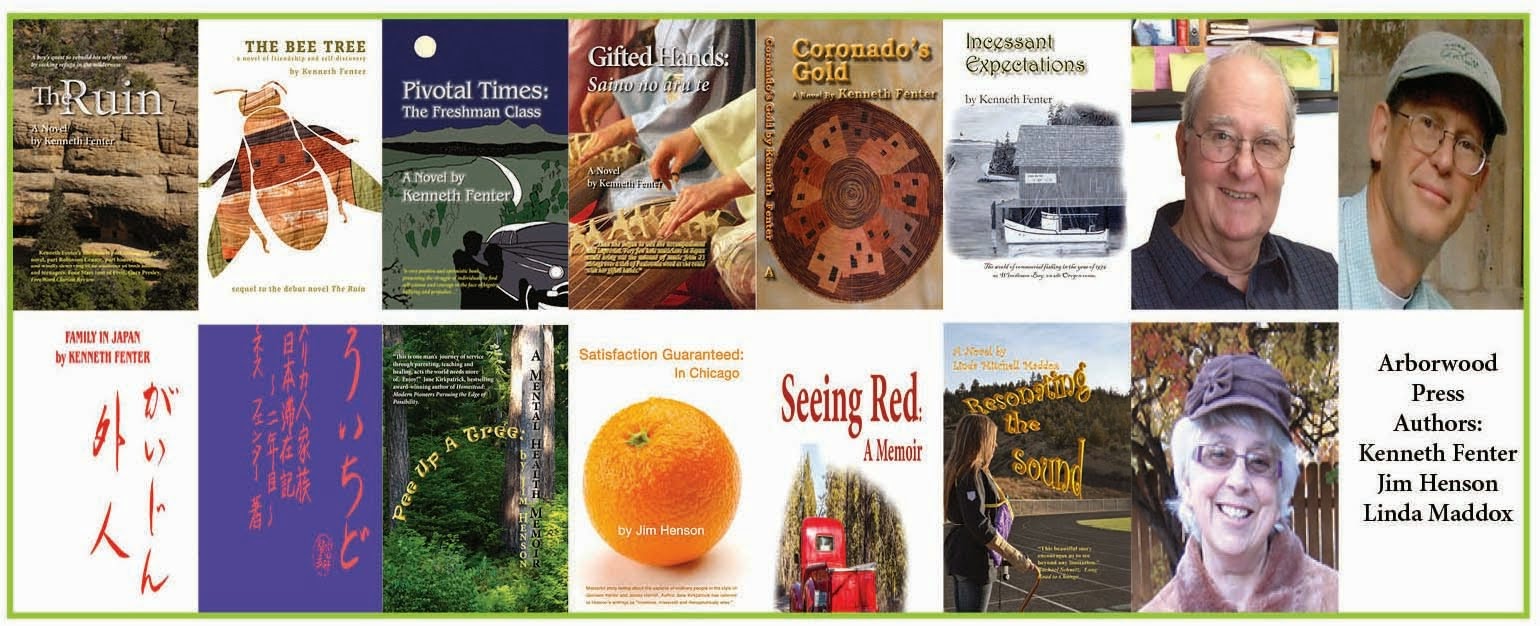Release Date: Available Now
ISBN: 978-1479168804, 1479168807
ISBN: 978-1479168804, 1479168807
Page Count: 361
Genre: Romance Contemporary
Reviewer: Teresa
Genre: Romance Contemporary
Reviewer: Teresa
Rating: 5 Angels + RR
Gifted Hands by Kenneth Fenter explores
the life of Charlie Kelly first in the trials of youth to adulthood.
This story begins in nineteen fifty three with a chapter from the
earlier novel Pivotal Times when
Charlie returns home after serving his time in the army in Sasebo, Japan where
he met and fell in love with Keiko Shimamura, a Japanese English teacher. What
began as a friendship, blossomed into a love that seemed to span the cultural
differences between Keiko and Charlie. Keiko traveled to the USA to continue
her education and quickly gained the love of Charlie’s family. When her father
was tragically injured in a fishing accident, Keiko returned home and weeks
went by without a letter forcing Charlie move on with the love and support of
their mutual friend, Carla. Charlie’s life is full of love and family until
Carla’s unexpected death threatened to spiral him into depression once again.
Charlie decides to take a year to gain a new perspective while he travels
around the world. His first stop is Japan where a series of misadventures lead
him to new friends and maybe a love he never quite forgot.
The love between Keiko and Charlie was torn apart by distance and
cultural differences that were incredibly difficult to overcome in the nineteen
fifties. It was beautiful how Keiko asked Carla to look after Charlie so he
would never be alone. The years for Charlie passed much easier than Keiko who struggled
to build a life for herself after she discovered that it was her mother who
kept them apart by destroying the letters they sent to each other. I was
fascinated by the cultural differences between Japan and the USA as the many
foreigners struggled to be accepted by the Japanese people. It was wonderful
how the people gathered around Father Alverez for friendship and understanding
in a society vastly different than they were used to. Seeing Japan through
Charlie’s eyes brought its majesty and beauty alive for me. The cultural
differences and the way the people in Japan look at things can be frustrating
and fascinating to anyone who visits Japan. I actually spent time in Japan and
found its people for the most part very accepting of other cultures, but there
are always a few exceptions like Charlie saw. If for one enjoyed every second
and enjoyed experiencing Japan through Charlie’s and Keiko’s eyes as they got
their chance for love the second time around. Teresa







